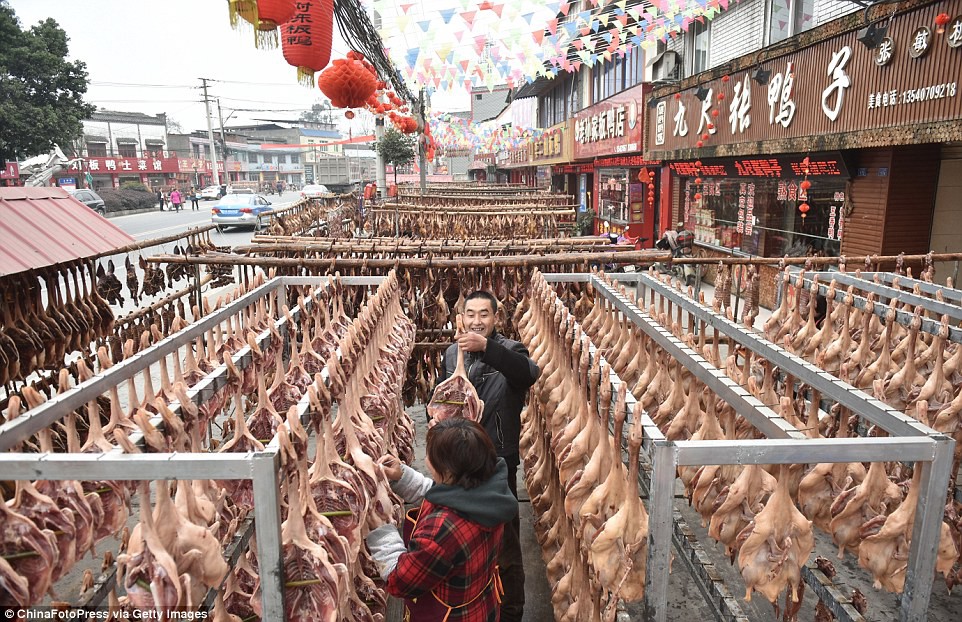China’s nearly 1.4 billion people consume one-quarter of the world’s meat supply.
By 2030, consumer spending in China’s lowest-tier cities alone is expected to reach $10 trillion (the value of China’s entire economy in 2015.)
WHO research shows a positive correlation between income level and protein consumption. The meat industry already contributes as much as 18% of all greenhouse gas emissions and is responsible for unsustainable land and water use.
Beyond China, demand for meat is rising among a growing and increasingly affluent global population. Something’s got to give. “Protein production (in the form of meat and fish) is killing the planet,” warns Factor Daily.
That makes the future of sustainable food a growing investment theme, not only among impact investors like aquaculture fund Aqua-Spark, but also tech venture capitalists, who are throwing money at vertical farming, plant-based proteins, and insects for animal feed. Big meat-industry players like Cargill and Tyson’s are doing the same.
Five categories of more sustainable “alternative” proteins are on the rise:
- The market for plant-based protein is poised to reach $10 billion by 2020. Startups in the space raised close to $80 million in 2016. Impossible Foods, which produces a “bloody” vegetarian burger, raisedmore than that in one round alone in 2015.
- Lab-grown meat is attracting scientists’ attention since a group in the Netherlands grew the first batch in 2013. A pound costs about $6,000, but “The real question would be to see how easily can cultured-meat companies convince consumers to switch to meat that didn’t originate naturally,” Factor Daily writes.
- Algae requires little water to grow and can also produce biofuel. The algae food market hit $608 million in 2015 and is forecast on pace to nearly double that amount by 2024. Spirulina is expected to claim almost a 25% share of that. The broader algae market may reach $44 billion, according to a new algae products report from Fish 2.0.
- Bugs are protein-dense, grow quickly, and consume few resources. Some, like the black soldier fly, even eat waste. Startups like Protix and Enterra have raised investment capital for their insect-based animal feed (30% of humans also eat bugs). The bugs-for-human-consumption market is expected to reach $1.5 billion by 2021, as companies experiment with “palatable” variations like flour, vitamins, or protein bars for unaccustomed consumers.
- Farmed fish are on pace to surpass wild-caught fish in the next two years. Aqua farms must become more sustainable, in particular in fish feed. Fish farms currently consume more ocean-caught fish as feed than they produce. Fish 2.0’s new “Innovation in Fish Feed” brief outlines the options. The growth of the “blue economy” as an investment theme is channeling more capital, partnerships, and celebrities into sustainable aquaculture.
In China, by the way, the government is pre-empting an increase in demand with plans to halve meat consumption by 2030.
The new guidelines could reduce carbon dioxide emissions from China’s livestock industry by one billion tons, from the 1.8 billion tons now forecast for that year.










